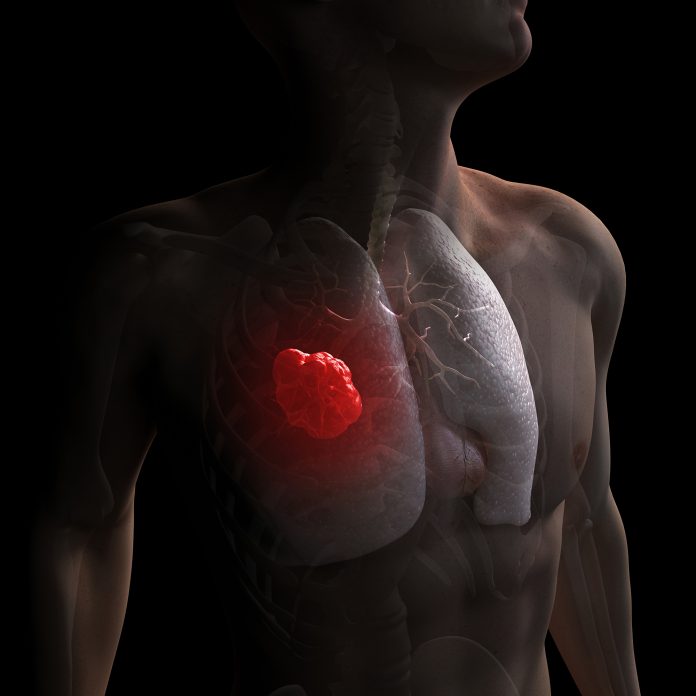
Using low-dose CT to screen for lung cancer can dramatically improve survival for individuals diagnosed with early-stage cancer during the process, show results that will be presented at the annual meeting of the Radiological Society of North America next week.
Lung cancer is currently the leading cause of cancer death and the average five-year survival rate is around 19%. Statistics suggest that only a small percentage (16%) of lung cancers are picked up early and more than 50% of those who are diagnosed die within a year.
“While screening doesn’t prevent cancers from occurring, it is an important tool in identifying lung cancers in their early stage when they can be surgically removed,” said lead researcher Claudia Henschke, professor of radiology and director of the Early Lung and Cardiac Action Program at the Icahn School of Medicine at Mount Sinai, in a press statement.
Henschke and colleagues analyzed 20-year survival in individuals diagnosed with lung cancer who were enrolled in a screening program. Overall, 87,416 participants took part in the study, which used low-dose CT to screen for early signs of malignancy. Those enrolled were 40 years of age and older and a mixture of current, former, and never smokers.
During the study a group of 1285 individuals were diagnosed with lung cancer. The 20-year survival in this group was 80% overall. Splitting the group into nonsolid (139 people), part-solid (155 people) and solid cancer (991 people) the rates were 100%, 100% and 73%, respectively.
Looking at cancer stage as a marker, those with stage IA cancer had a 20-year survival rate of 86% regardless of tumor consistency, and those with IA cancer and a tumor diameter of 10mm or less had a survival rate of 92%. “The key finding is that even after this long a time interval they are not dying of their lung cancer,” said Henschke.
The authors say their results strongly support screening programs for lung cancer, particularly as early-stage disease often does not have many symptoms. “Symptoms occur mainly in late-stage lung cancer. Thus, the best way to find early-stage lung cancer is by enrolling in an annual screening program,” emphasized Henschke.
Currently, lung cancer screening programs are mostly focused on smokers or former smokers. The U.S. Preventive Services Task Force recommends annual screening with low-dose CT in adults aged 50–80 years who have a 20 pack-year smoking history and currently smoke or have a history of doing so within the past 15 years.













